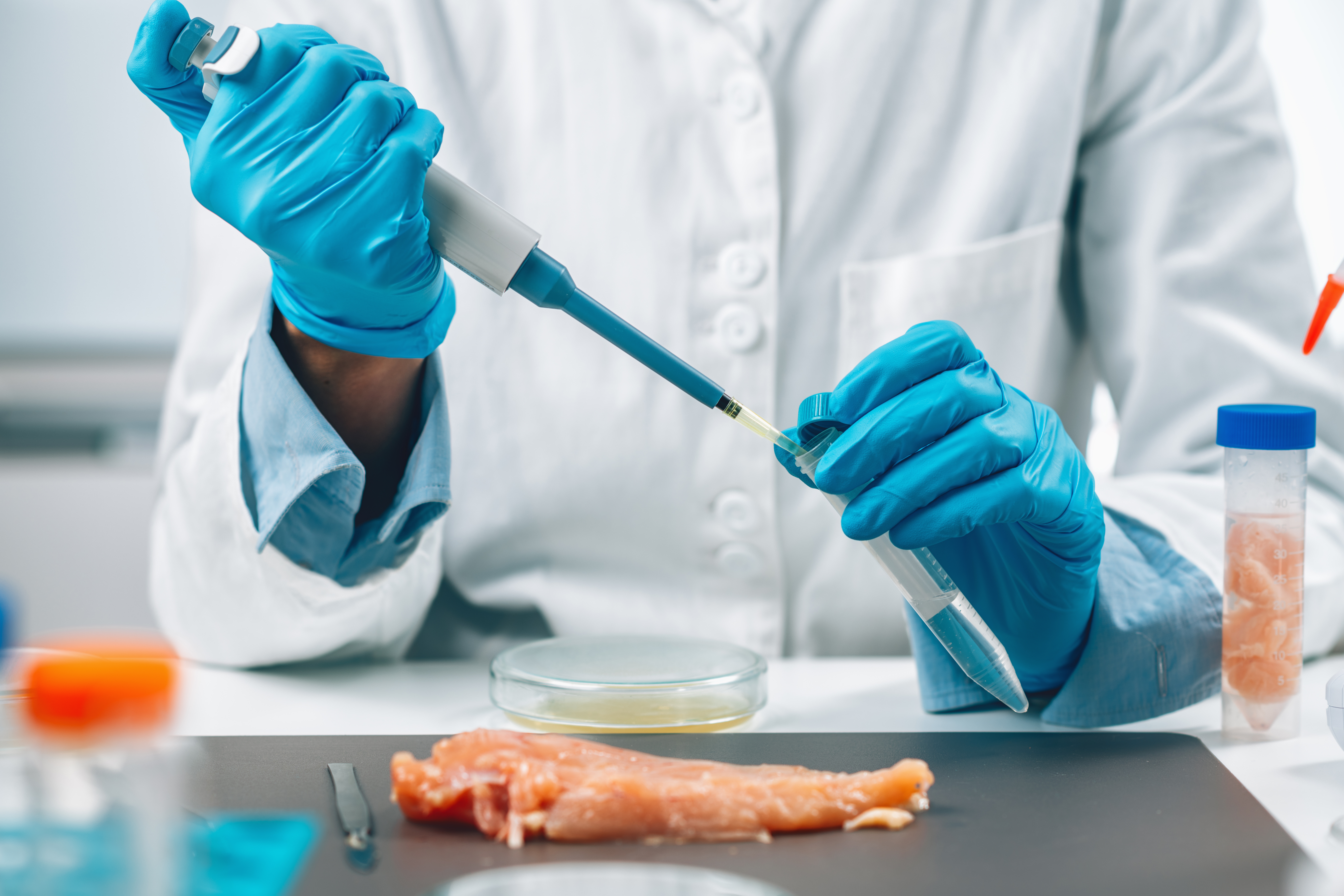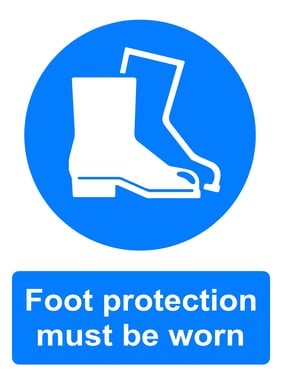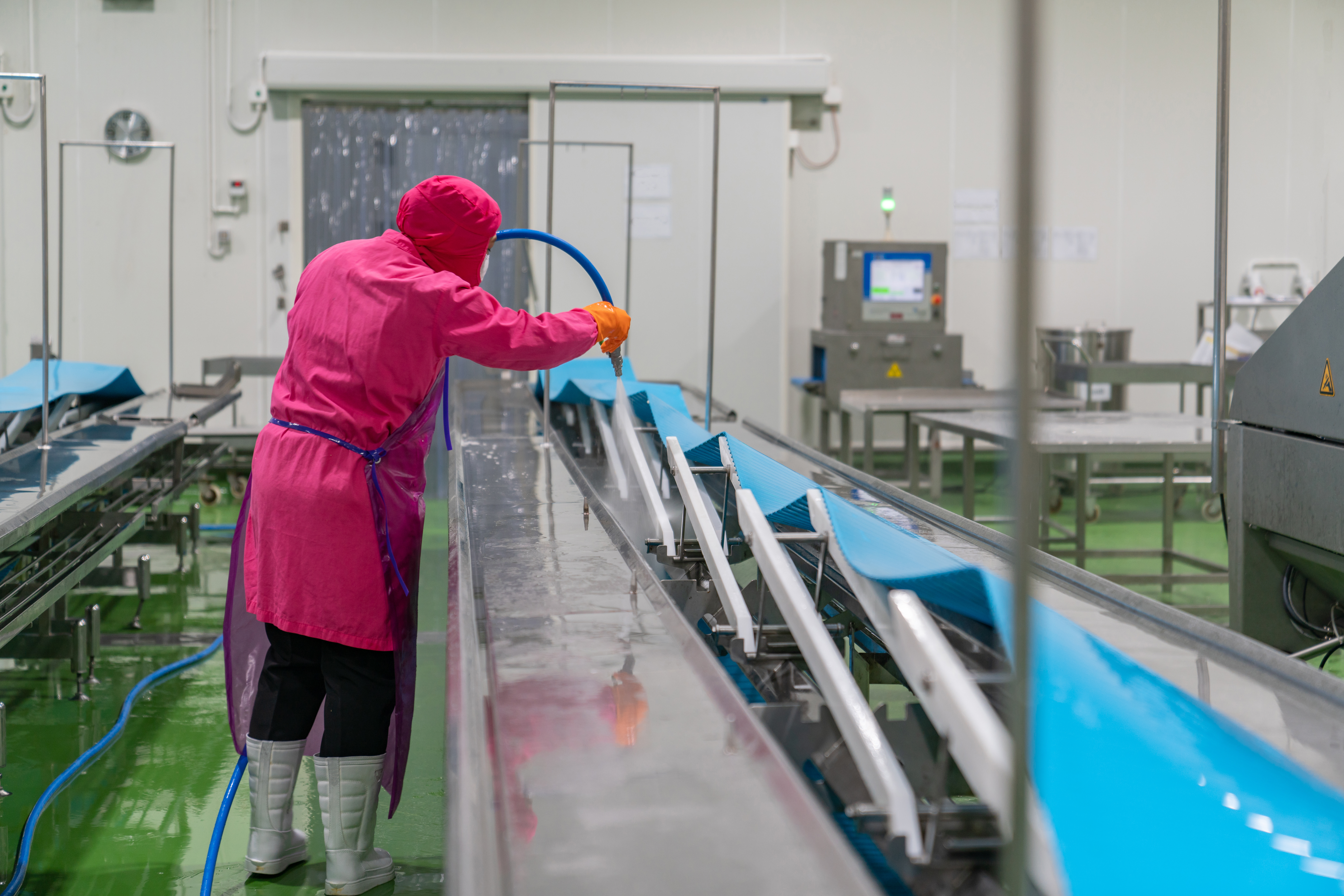Reducing Salmonella and Listeria Risk in Protein Processing Facilities

Salmonella and Listeria, two notorious foodborne pathogens, continue to pose significant challenges and growing concerns within the meat processing industry. The prevalence of these harmful bacteria in meat processing facilities has become an ever-increasing worry that demands immediate attention. Salmonella causes approximately 150 million cases of food borne illness per year. With the potential to cause severe illness and even death in humans, the presence of Salmonella and Listeria in our food supply chain cannot be taken lightly.
EXPLORE OUR FOOTWEAR ENHANCEMENTS EFFICACY STUDIES VS. SALMONELLA AND LISTERIA
Captive Footwear Programs Help Reduce the Risk of Salmonella and Listeria Spread in Meat Processing Facilities

Captive footwear programs, specifically designed to prevent the spread of Salmonella and Listeria, have emerged as a groundbreaking solution in the ongoing battle against these dangerous foodborne pathogens. By implementing these innovative programs, meat processing facilities can significantly reduce the risk of contamination and ensure the safety of their products. These footwear options are equipped with advanced features such as anti-microbial properties and slip-resistant soles, which not only provide comfort and protection for workers but also act as a formidable barrier against the spread of Salmonella and Listeria.
An essential part of the captive footwear program is to ensure that the footwear is kept clean within the facility. The captive footwear won't see the outside world, however it is important to ensure that pathogens like Salmonella and Listeria are not being cultivated on the captive footwear. CleanTech® EVO Footwear Enhancements and as well as our Automated Bootscrubbers are an excellent choice for captive footwear hygiene as they remove 99.9% of harmful pathogens.
Automated Hygiene Assists with Reducing the Spread of Salmonella and Listeria in Transition Zones

Transition zones in meat processing facilities are critical areas where the risk of cross-contamination from Salmonella and Listeria is particularly high. These zones act as a bridge between different sections of the facility, typically between high risk and low risk contamination areas, such as raw and ready to eat (RTE) food. The high risk areas should be closely observed, but the transition zone is essential to making sure that no contaminates or pathogens are spreading to packaged product that will make it to the customer. It is essential to be aware of the high risk zones in a food processing facility and attempt to route traffic away from these areas, and to ensure that employees moving through these zones are taking proper hygiene measures before moving into lower risk areas.
It is essential in transition zones that employees are conducting not just hand hygiene but also ensuring that their footwear is properly cleaned and not tracking dangerous pathogens into a "low risk" zone. Meritech's CleanTech® EVO Handwashing Stations are the perfect solution, offering both a perfect hand hygiene event and a footwear cleaning in the same 12 seconds. A great to create a robust hygiene culture is with a hygiene zone consultation, our team of trained hygiene consultants will work with your facility team to create a plan and hygiene layout to ensure that the transition zones have the proper hygiene procedures and equipment.
LEARN MORE ABOUT AUTOMATED HYGIENE TO PREVENT SALMONELLA AND LISTERIA SPREAD






